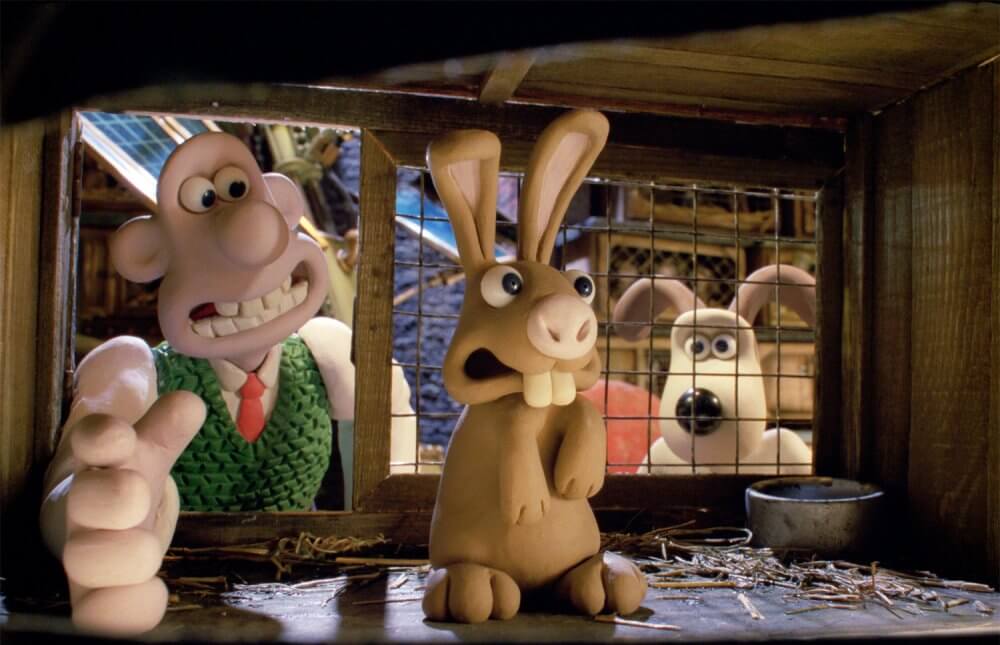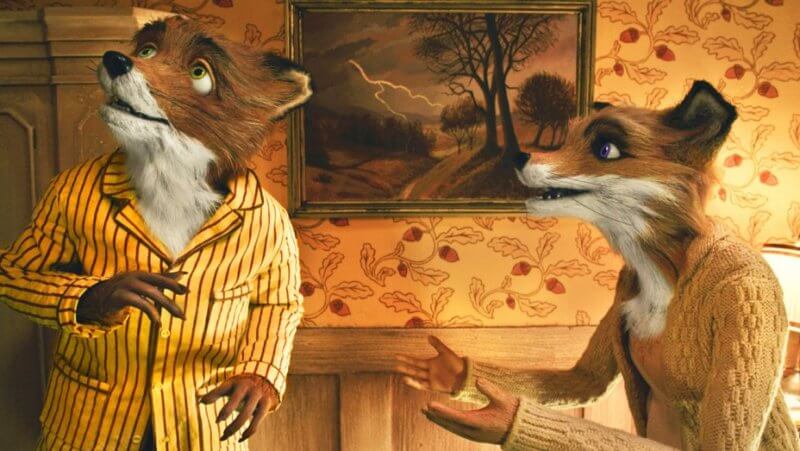The Magic of Stop-Motion
The magnificent art form of stop-motion has been used to stunning effect in several blockbuster films in recent years, from the whimsical Fantastic Mr Fox to Laika’s latest animation, Missing Link. To celebrate the recent theatrical release of Missing Link here is a look at some classic stop-motion features that each used the style of animation in new and exciting ways at the time of their production.
The Nightmare Before Christmas (1993)
The Nightmare Before Christmas is the ultimate Halloween-Christmas film created by Tim Burton. This film follows Jack Skellington (Chris Sarandon/Danny Elfman), the Pumpkin King of Halloween Town as he travels into Christmas Town and plans to control the holiday. Jack enlists the help of Halloween Town citizens and the beautiful rag doll, Sally (Catherine O’Hara), to help him pull off this holiday take-over. In total, there were 109,440 frames taken for the film. There were 227 puppets created, and Jack Skellington had around 400 model heads.
The film was ground-breaking in terms of its use of technology to facilitate the work of the animators. A ‘light alarm’ was invented to facilitate the filming of the movie: it would warn the animators if any of the stage lights failed to come on. Also invented for the film was a system that enabled a puppeteer to seamlessly switch to a replacement puppet if a puppet broke during a shot. Prior to this, either situation, a light failing to come on or a puppet breaking would ruin a shot. Over time, this film has become one of Disney’s most successful stop-motion films.
Wallace & Gromit: The Curse of the Were-Rabbit (2005)
The Curse of the Were-Rabbit is the first feature film of the beloved Wallace and Gromit. The duo is tasked with resolving the Tottington Hall rabbit problem, but after one of Wallace’s inventions fails, they accidentally create a were-rabbit that is far more destructive than the other rabbits. This wacky stop-motion film follows Wallace and Gromit as they attempt to catch the were-rabbit in time for the Giant Vegetable Competition.

Wallace & Gromit: The Curse of the Were-Rabbit (Aardman)
This film took five years to make, and alongside the stop-motion there are over 700 shots that contain digital effects work. To ensure that the authenticity of Aardman’s iconic style of animation was preserved in the digital shots, special software had to be created in order to photo-realistically recreate the texture of plasticine in digital. The software had to create the possibility for slight imperfections such as fingerprints to appear on the fake plasticine bunnies and ripple effects of the characters moving their plasticine arms and legs.
Coraline (2009)
Coraline is about a young girl who is neglected by her parents and is forced to move to a boring town. One night, she is led to a strange small door, and inside it finds the “Other World,” filled with doppelgangers from her real life with buttons for eyes. In this alternate reality, Coraline (Dakota Fanning) meets her Other Parents who are just like her own parents, but fun and loving. In a scary twist, Coraline learns that the Other World is evil, and she must escape in order to save herself and her real parents.
There were over 139 sets built for this film, spanning 183,000 square feet. The 52 stages were the most ever deployed for a stop motion animated feature at that time. This was also the first stop-motion animated feature to be shot in entirely 3D- a ground-breaking development at that time. Coraline received Academy Award and Golden Globe nominations for Best Animated Feature.
Fantastic Mr Fox (2009)
Directed by Wes Anderson, this stop-animation comedy based on Roald Dahl’s novel was a box-office hit. Anderson was inspired by the stop-motion films of his childhood, which led to the slower, more obvious stop-motion to charming effect. Mr. Fox (George Clooney) was once a sneaky chicken thief, but has since retired after the birth of his son.

Fantastic Mr. Fox (20th Century Fox)
After getting bored of his new job, he returns to his old ways only to put his family and animal community in danger. When the evil Farmers have the animals trapped underground with no food, Mr. Fox assembles his team to fight back and save everyone. Fantastic Mr. Fox received a nomination for the Academy Award for Best Animated Feature. Fun fact: Wes Anderson wanted the voice recordings to sound extremely natural, so they were recorded in various locations like a forest and a stable, as opposed to the studio.
Missing Link (2019)
This upcoming film directed by Chris Butler follows Sir Lionel Frost (Hugh Jackman) on his quest to find a bigfoot. What he discovers is a tall, furry, and goofy creature: Mr. Link (Zach Galifianakis). Frost and Mr. Link work together, joined by adventurer Adelina Fortnight (Zoe Saldana), to find Mr. Link’s long-lost relatives in Shangri-La. The three embark on a thrilling and dangerous journey around the world to help their new friend find his family.
Director Chris Butler says Missing Link is their largest and most ambitious film to date. It used about 130,000 square feet of stage space at Laika studios. Over 60 location sets needed to be created for this film due to the constant traveling of the characters. Over 106,000 faces were printed, all using a 3-D printer.
Missing Link is out in UK cinemas now. For more info visit missinglinkfilm.co.uk
Read Skwigly’s full review of the film here and keep your eyes on the site for an upcoming podcast interview with director Chris Butler

